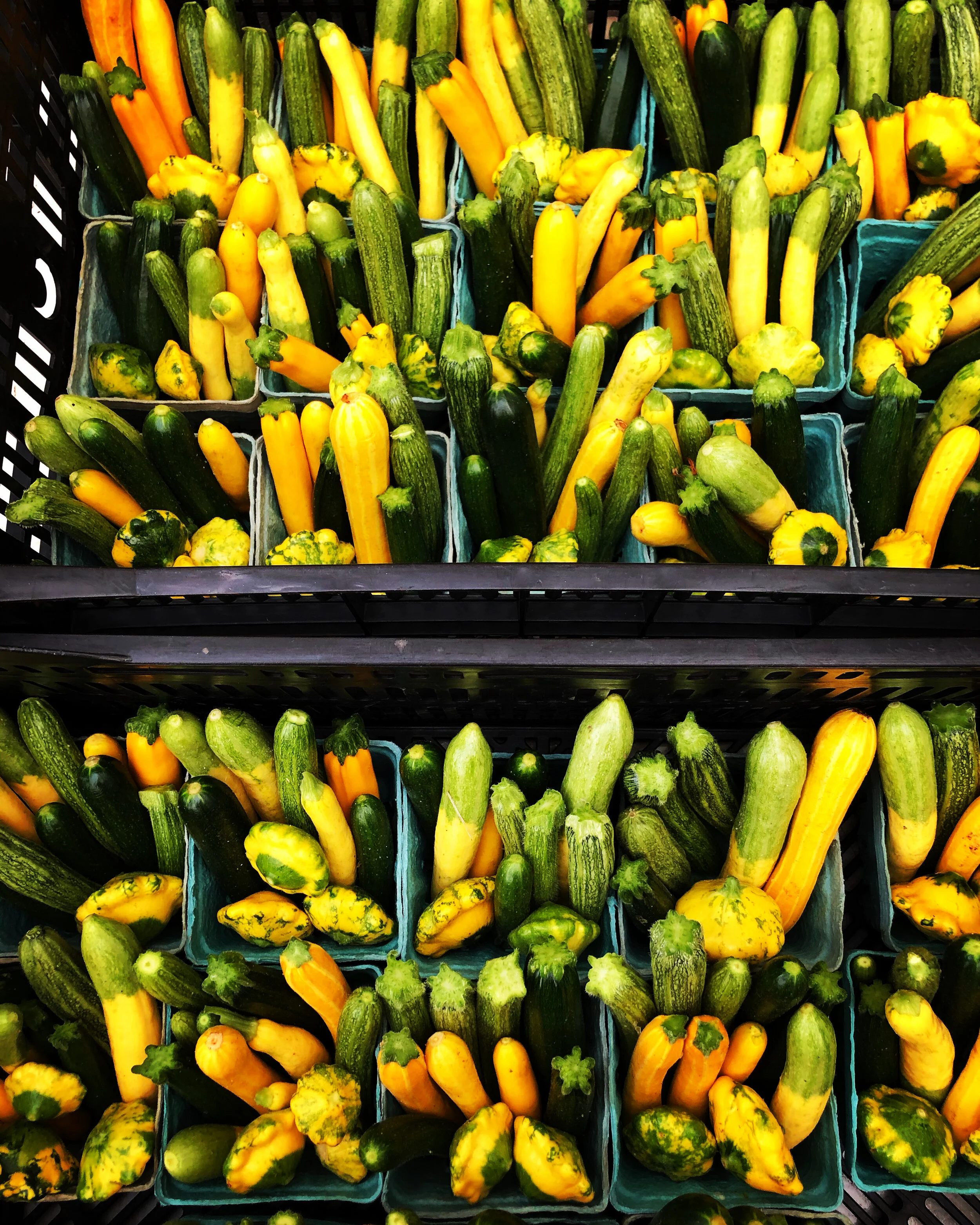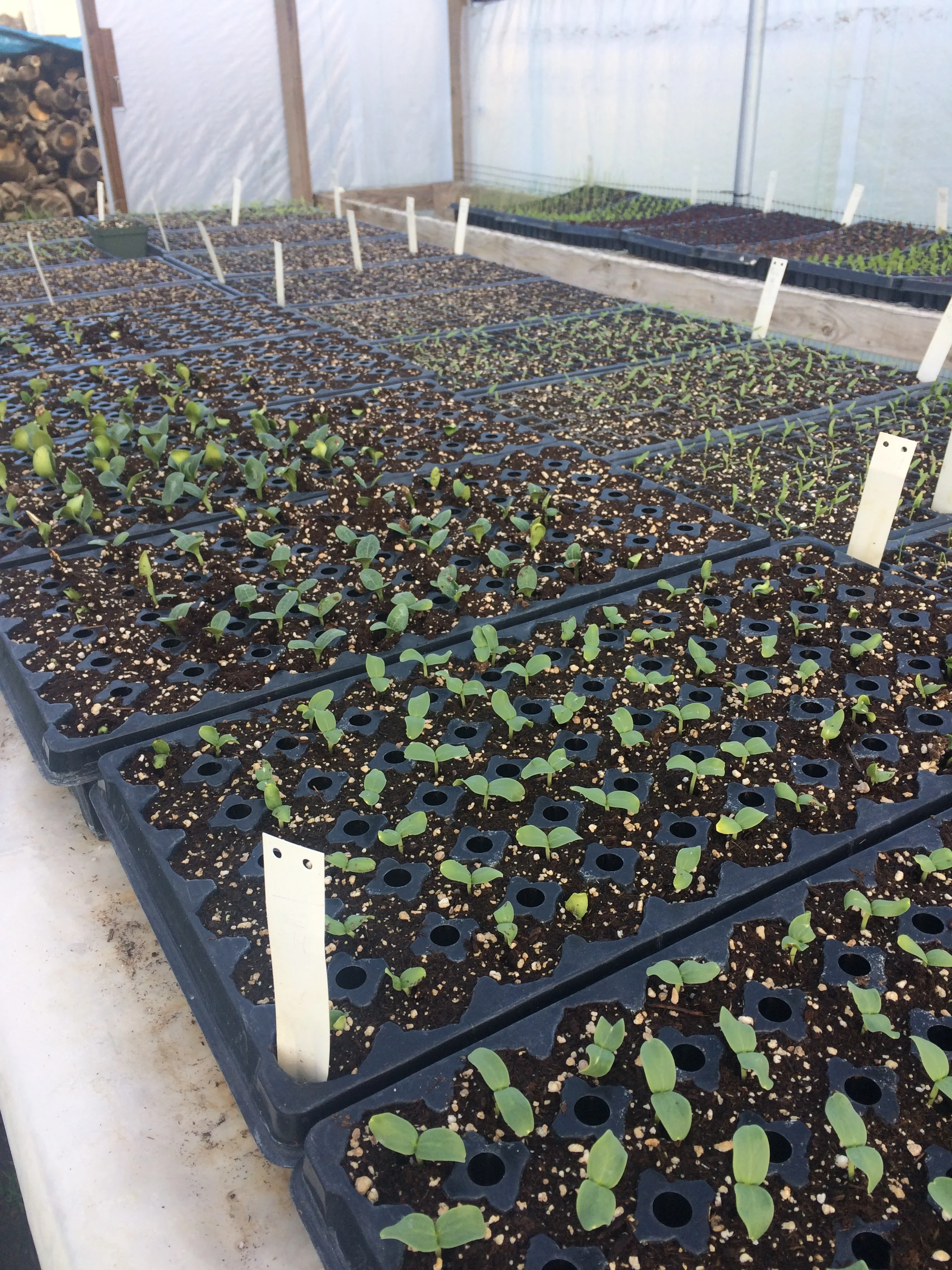Originally published in the Napa Valley Register on April 22, 2021
I am sure many of my customers remember the days when my son Albie was an infant, and I would hand him off to one customer-friend or another during the Napa Farmers Market so that I could get through a rush of sales, and so they could get their dose of baby hugs. Alas, a day where I would hand my child to someone outside of my household seems far off and alien after 13 months of a global pandemic.
As a gathering place that is all about food, friends, health, and community, it is only natural that children would also take a large place in the culture of the Napa Farmers Market. In days past the market would host gaggles of children, be it a group of friends or an afterschool program, who would run up and down the aisles of the market sampling fruit and choosing items on which to spend their pocket money.
At my stand, a farm stand, there are a few types of children shoppers. There is the child that comes every week with one of their parents and silently holds out the bag to help carry produce, and will whisper to their parents what they want to buy because they are too shy to ask me. There are the sugar babies, i.e. babies in strollers getting covered in smashed strawberries, and there are bread babies, i.e. toddlers strolling the aisles chomping down on a whole loaf of sourdough bread. Or there is the child that is SO excited to be the one picking produce and handing me their money that they forget to take their change. Perhaps my favorite is the child that walks by my stand and sees something that catches their eye, be it a weird winter squash, a goose egg, or in-shell walnuts. I can see the glint of curiosity and desire on their face, and I know that they will make their parent come back to the stand to buy it, despite said parent’s protests.
I still see these children at the market, but not as many and certainly not as free to interact with the beautiful dynamic of food, culture, and agriculture at the market. We can no longer hand each other our babies, or bring them to story time with Hyla, or let them taste the produce they just picked and ask questions about where it comes from. I can’t help but mourn this additional loss to our children’s upbringing. After all, one of our main goals as sustainable farmers and shoppers is to build a healthier future for our youth, and what better way to do so than to have youth as a core part of our farmers market. It’s by having a kid pick their own weird food at the market, be it a goose egg or a spicy daikon radish, that you get them to learn the diversity of food and where it comes from.
One of the things I most look forward to in a post-pandemic world is the freedom for children to learn and play, everywhere, and especially at the Napa Farmers Market. So, you can be sure that once it is safe, you will find my kid running the aisles of the Napa Farmers Market with other farmers market kids.












